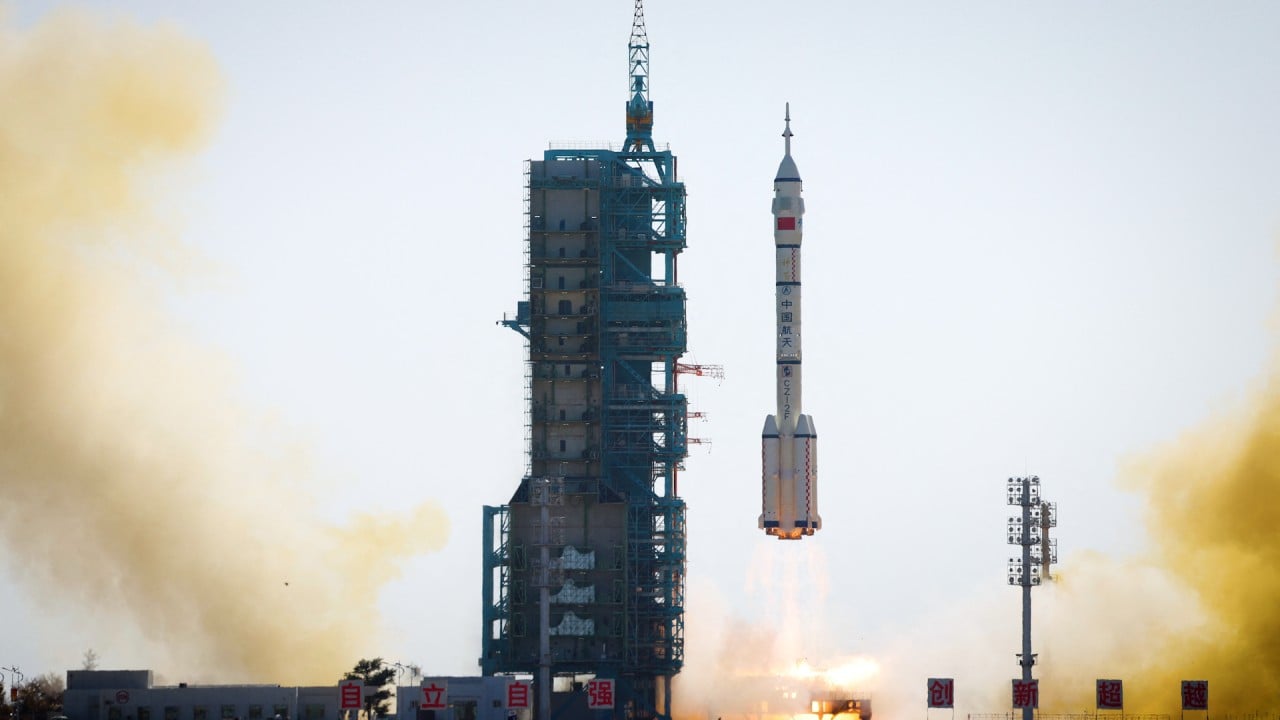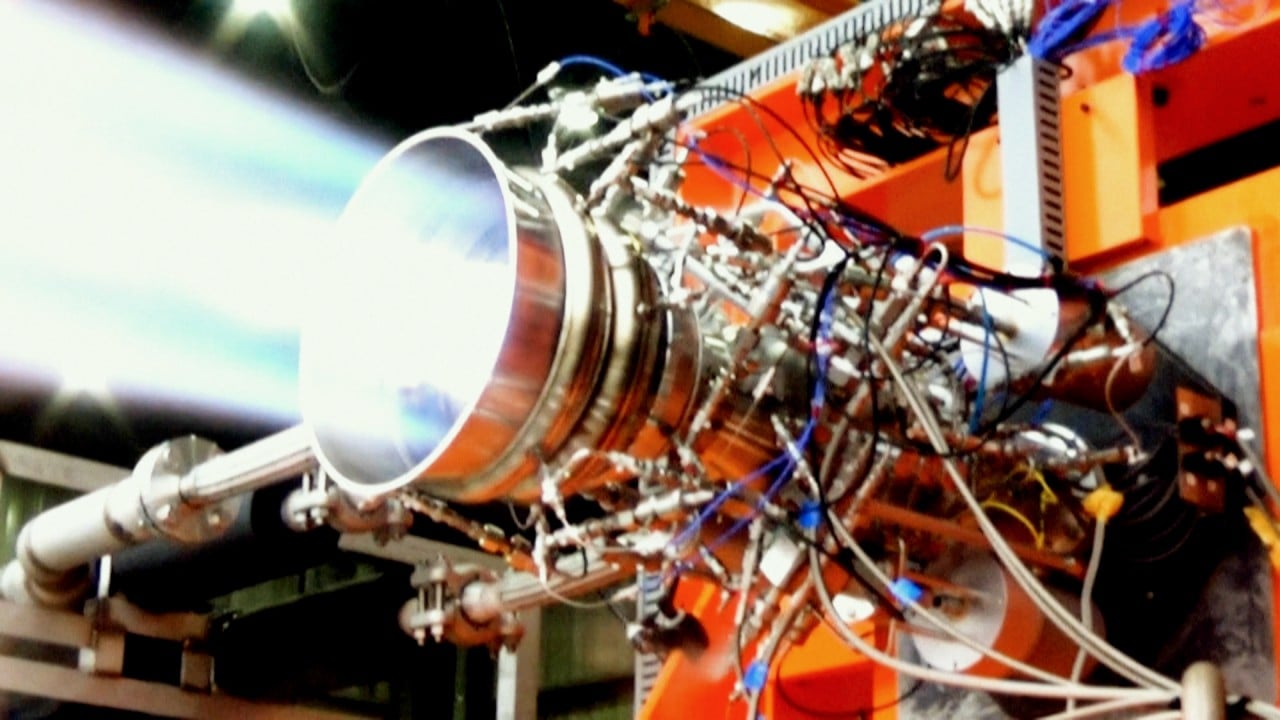
US planned to launch a secret space plane a day ahead of China. SpaceX delayed it
- Chinese ‘reusable experimental spacecraft’ lifts off atop a Long March 2F rocket from Jiuquan Satellite Launch Centre, Xinhua reported around 11pm Thursday
- Independent observers have some, but not complete, insights into what the Chinese space plane might look like and do, says US space analyst
China launched its secret space plane for a third time on Thursday, while the US Space Force is still waiting for its X-37B to get off the pad after multiple delays.
The Chinese “reusable experimental spacecraft” successfully lifted off atop a Long March 2F rocket from the Jiuquan Satellite Launch Centre in the Gobi Desert, state news agency Xinhua reported at around 11pm.
As with the previous two launches in 2020 and 2022, Xinhua did not reveal technical details or images of the spacecraft, nor did it mention how long the flight would be.
“It’s going to operate in orbit for a period of time before returning to its intended landing site in China,” the report said.
“Reusable technology verification and space science experiments will be carried out to provide technical support for the peaceful use of space,” the report said, employing the same wording it used for the 2020 and 2022 missions.
Jonathan McDowell, a Harvard astronomer who tracks rocket launches and space activities, said the uncrewed plane was being tracked by the US Space Force in a roughly circular orbit about 300km in altitude.
“This is very similar to the first launch in 2020. The second launch in 2022 went to a slightly higher orbit of 345 x 593km,” he said.
Originally scheduled to take off at a similar time, its US counterpart Boeing X-37B remains grounded atop a SpaceX Falcon Heavy rocket at the Kennedy Space Centre in Florida, after postponements attributed to poor weather and launch site issues.
The mission, known as USSF-52, will be the US plane’s seventh mission to orbit since 2010 and its second ride with a SpaceX rocket.
It plans to conduct a wide range of tests, including operating in new orbital regimes, experimenting with future space domain awareness technologies and investigating the effect of radiation on materials, a Space Force statement said in November.
The US military has remained tight-lipped regarding the X-37B’s capabilities and objectives, making it one of the most enigmatic spacecraft known to have taken flight.
Chief of Space Operations General Chance Saltzman said the X-37B’s future could be brighter than ever thanks to China’s competition with the Pentagon.
China’s lunar base: major African nation joins international moon project
In fact, it was “probably no coincidence” that the Chinese space plane planned to launch around the same time as the X-37B, Air & Space Forces magazine quoted Saltzman as saying on Wednesday.
McDowell said independent observers had some, but not complete, insights into what the Chinese space plane might look like and do.
“It is indeed similar to X-37,” he said. “Both are in the 5-8 tonne mass range, probably about 10 metres long.”
The planes were used for testing new technologies rather than for operational missions, he said. For instance, they could test a new camera for a spy satellite and then bring it back to Earth to see how space affected it, he said.
There have been two X-37 planes (X-37A and X-37B) and each has flown several times. “We don’t know how many Chinese space planes there are. It may be just one,” McDowell said.
The Chinese plane’s first flight lasted two days and the second was about nine months. In May, Xinhua reported it had returned to Earth after a 276-day journey in orbit and made “an important breakthrough” for China’s research on reusable and affordable spacecraft technologies.
SpaceX last updated the status of the USSF-52 mission on Tuesday, saying that the launch was delayed until an undisclosed date to perform “additional system checkouts”.



